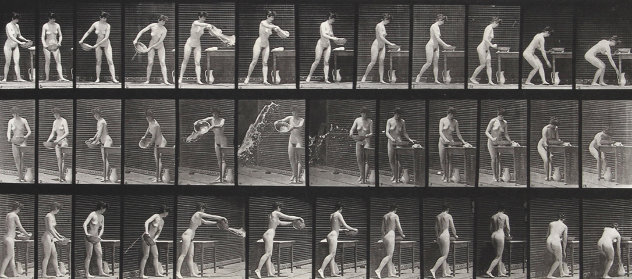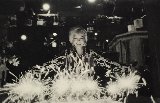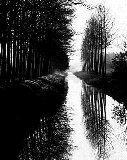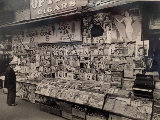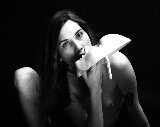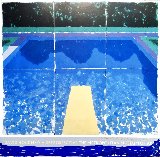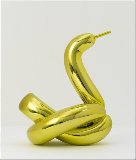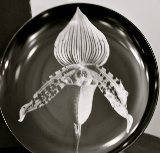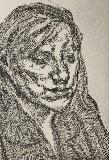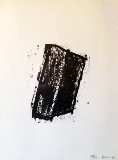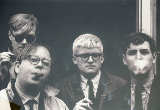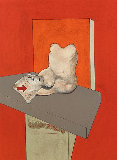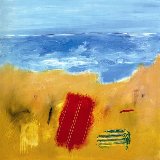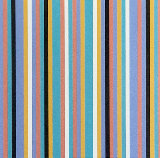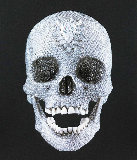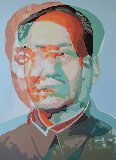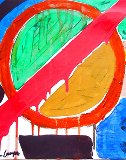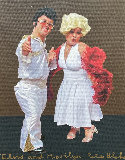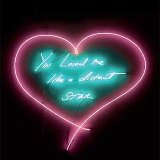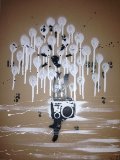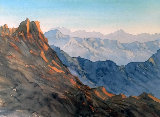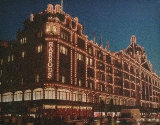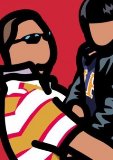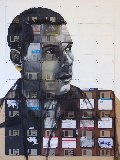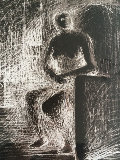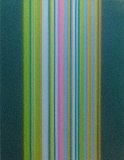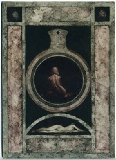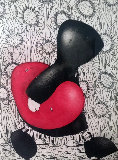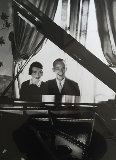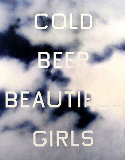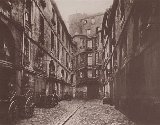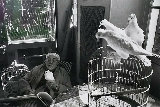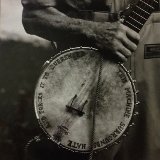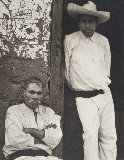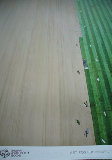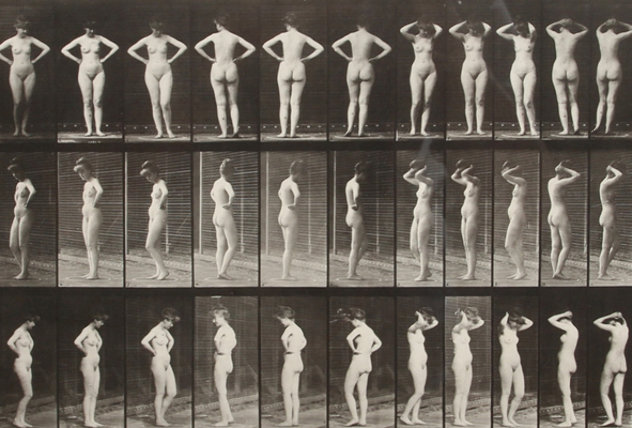




Animal Locomotion, Plate 531
Eadweard Muybridge
Photography : Collotype
Size : 8.5x13 in | 22x33 cm
Framed : 20x24 in | 51x61 cm
Edition : Not numbered
- 🔥Framed Photograph - Collotype - Inquire $4,500
Year1887
Not Signed
Condition Excellent
Framed with GlassWhite, Wood
Purchased fromPrivate Collector 2012
Certificate of AuthenticityArt Brokerage
LID86506
Eadweard Muybridge - United Kingdom
Art Brokerage: Eadweard Muybridge British Artist: b. 1830-1904. Eadweard Muybridge was an English photographer important for his pioneering work in photographic studies of motion, and early work in motion-picture projection. He adopted the name Eadweard Muybridge, believing it to be the original Anglo-Saxon form of his name. At age 20, he immigrated to America, first to New York, as a bookseller, and then to San Francisco. He returned to England in 1861, and took up professional photography, learning the wet-plate collodion process, and secured at least two British patents for his inventions. He went back to San Francisco in 1867, and in 1868 his large photographs of Yosemite Valley made him world famous. Today, Muybridge is known for his pioneering work on animal locomotion in 1877 and 1878, which used multiple cameras to capture motion in stop-motion photographs, and his zoopraxiscope, a device for projecting motion pictures that pre-dated the flexible perforated film strip used in cinematography. In 1874 he shot and killed Major Harry Larkyns, his wife's lover, but was acquitted in a jury trial on the grounds of justifiable homicide. He travelled for more than a year in Central America on a photographic expedition in 1875. In the 1880s, Muybridge entered a very productive period at the University of Pennsylvania in Philadelphia, producing over 100,000 images of animals and humans in motion, capturing what the human eye could not distinguish as separate movements. He spent much of his later years giving public lectures and demonstrations of his photography and early motion picture sequences, traveling back to England and Europe to publicize his work. He also edited and published compilations of his work, which greatly influenced visual artists and the developing fields of scientific and industrial photography. He returned to his native England permanently in 1894, and in 1904, the Kingston Museum, containing a collection of his equipment, was opened in his hometown. Listings wanted.

